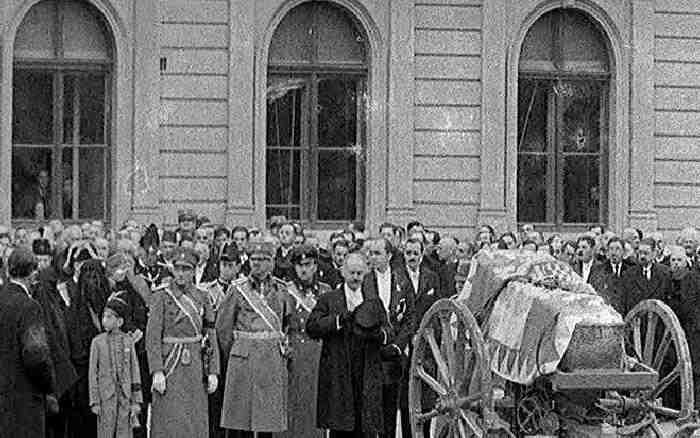
Figure 1.--Prince Peter became king in 1934 after his father King Alexander was assassinated. Here Prince Peter is pictured at the funeral with his mother. |


|
Yugoslavia is a short-lived country, an amalgamation of the southern Slavs. It was born in the peace settlement after Worlds War I which had begun with Austria's attempt to punish Serbia for the assasination of Arch Duke Fraz Ferdinand. The royal family of Serbia, the largest constituent of Yugoslavia, begame the royal family of the new Yugoslavia. Yugoslavia desintgigrated at the end of the Cold War, torn apart by nationalist sentiment in the constituent republics. The Yugoslavian monarchy has ended long before after the Communists under Tito seized power in 1945.
The history of Yugoslavia and other Balkan states is less familar to many than the countries of Western Europe. We thus are oroviding some basic historical information to put the Yugoslav/Serbian royal family in historical perspective. We trace the country's history from the Ottoman Empire to the end of royal rule following World War II.
HBC in this section traces the Yugoslavian/Serbian royal family by each individual ruler. This is the format we have followed througout our HBRC site. We include both Serbian and Yugoslav rulers as the Serbian royal family became the royal family of the new Yugsolav kingdom following World War I.
Navigate the Boys' Historical Clothing Web Site royal pages:
[Return to the Main royalty page]
[Austria]
[Belgium]
[Denmark]
[France]
[Germany]
[Italy]
[Italy]
[Luxemburg]
[Monaco]
[Netherlands]
[Norway]
[Romania]
[Russia]
[Spain]
[Sweden]
[United Kingdom]
[]
